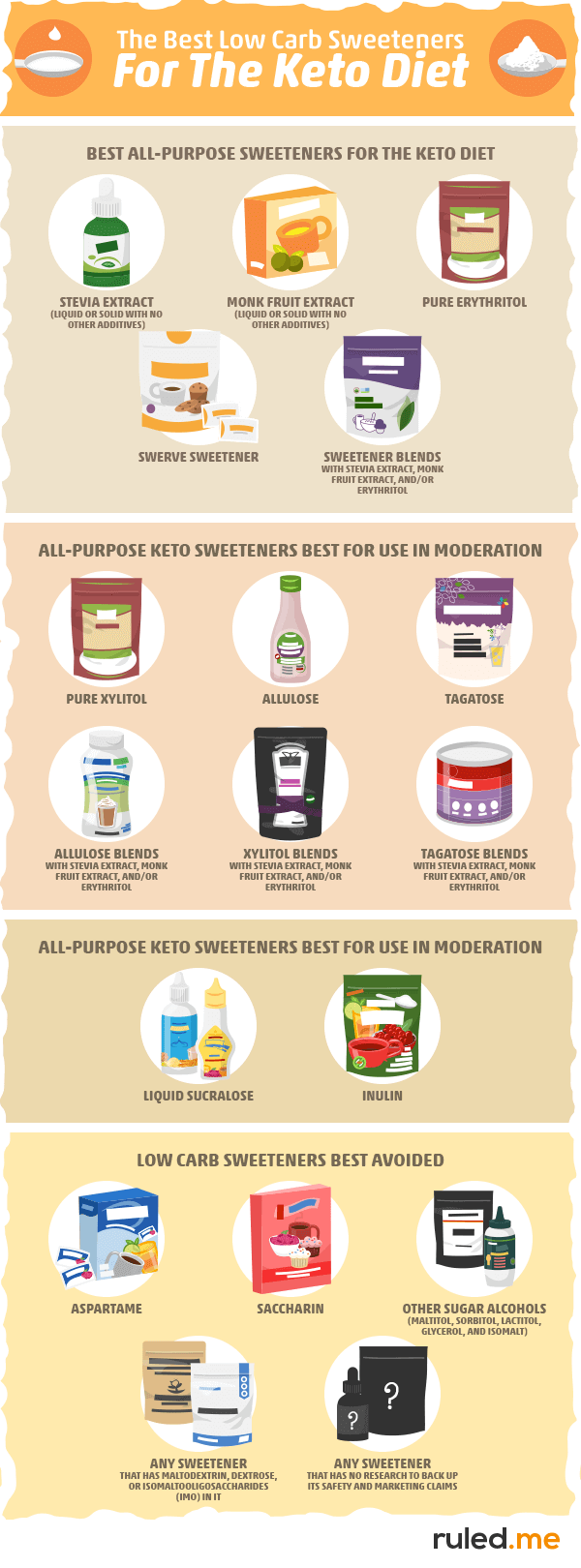Apply Now
Effective Strategies to Incorporate Keto Fiber for Optimal Digestion
Fiber plays a crucial role in our diet, especially for those following a ketogenic lifestyle. Understanding how to effectively incorporate keto fiber can significantly improve digestive health and enhance the overall benefits of a low-carb diet. By integrating the right types of fiber sources, you can foster better digestion, promote satiety, and support weight loss goals integral to the ketogenic diet.
This article explores various types of keto-friendly fiber, including soluble and insoluble fiber, as well as fiber supplements available on the market. We’ll also provide tips on how to incorporate fiber-rich foods into keto meal plans effectively. With an emphasis on digestive health, you'll discover practical strategies to increase fiber intake, ensuring you reap all the benefits while on a keto diet.
Key takeaways include:
- Understanding different fiber sources suitable for keto
- Bakery recipes and high-fiber meals you can create
- Recommendations for the best fiber supplements and their benefits
Understanding the Different Types of Keto Fiber
Building on the fundamentals, let's delve into the types of keto fiber essential for digestive health. Fiber can be categorized into two main types: soluble and insoluble. Both play different roles in your health and can be vital for enhancing your ketogenic diet.
Soluble Fiber: The Digestive Helper
Soluble fiber dissolves in water and can help slow digestion, which is beneficial for maintaining stable blood sugar levels. This type of fiber is crucial in a keto diet as it aids in digestion and keeps you feeling full longer. Common sources of soluble fiber include psyllium husk, chia seeds, and flaxseeds. Incorporating these into your meals not only enhances fiber intake but also improves digestion.
Research shows that soluble fiber can also have positive effects on gut microbiome health. Consuming adequate soluble fiber can help regulate cholesterol, thus reducing risks associated with heart diseases.
Insoluble Fiber: The Bulk Provider
In contrast, insoluble fiber doesn’t dissolve in water. It adds bulk to your stool and aids in moving food through your digestive tract, making it an essential component for preventing constipation—a common issue for those on low-carb diets. Sources of insoluble fiber include vegetables like cauliflower, leafy greens, and certain nuts.
It's crucial to balance both types of fiber to promote efficient digestion and prevent gastrointestinal issues. Including a variety of fiber-rich foods in your keto meal prep can help achieve this balance.
Benefits of Keto Fiber for Weight Loss
Incorporating keto fiber into your diet can lead to effective weight loss strategies. Fiber is known to promote satiety, which decreases overall caloric intake. A fiber-rich meal can help control hunger better than low-fiber equivalents. Foods like avocados and fibrous vegetables are excellent choices for those looking to minimize calorie intake while maximizing flavor and satisfaction.
Moreover, keto fiber sources can aid in reducing cravings for sugar and refined carbs, supporting the body's adaptation to ketosis. This fiber-keto synergy enhances the overall effectiveness of your low-carb diet.
Best Fiber Sources for the Keto Diet
With these fundamentals of keto fiber established, let’s explore high-fiber options that seamlessly fit into your ketogenic lifestyle.
High-Fiber Vegetables to Include
When considering fiber-rich foods, non-starchy vegetables should be your first choice. Vegetables like broccoli, spinach, and zucchini are low in carbs while packed with fiber. These veggies not only enhance fiber content but also provide essential vitamins and minerals, contributing to overall health.
Furthermore, creative uses of these vegetables can enhance your dishes—think zucchini noodles or cauliflower rice, which can replace higher-carb options while adding bulk to your meals.
Keto Fiber Supplements: When to Use Them
While whole foods should be your primary source of fiber, fiber supplements can be beneficial in ensuring adequate intake, especially when transitioning into a keto diet.
Psyllium husk and inulin are popular supplements that provide both soluble and insoluble fiber, making them great choices. They can help alleviate the common digestive challenges often faced on a high-fat, low-carb diet.
However, when introducing fiber supplements, start with small doses and gradually increase to avoid gastrointestinal discomfort. Always consult with a healthcare professional to find the best supplement options tailored to your dietary needs.
Creating High-Fiber Keto Snacks
Snacking can be tricky on a ketogenic diet, but incorporating fiber-rich snacks can keep your cravings at bay. Options like chia seed pudding or nut-based energy bites are not only delicious but also satisfy your daily fiber intake.
Other easy keto-friendly snacks include avocado with salt and a sprinkle of spices or raw veggies with high-fat dips like guacamole. These snacks not only keep your digestive system functioning optimally but also align with the principles of healthy eating on a low-carb diet.
Practical Tips for Increasing Fiber Intake
To maximize digestion and fiber benefits, consider these tips for boosting your dietary fiber intake on a keto plan.
Establish a Fiber Intake Schedule
Set a goal for daily fiber intake based on personal dietary needs. Aim to incorporate fiber into each meal—this ensures a consistent supply throughout the day. Keeping a food journal can help you track fiber from all sources.
Experiment with Keto Fiber Recipes
Try incorporating high-fiber recipes focused on low-carb ingredients. For instance, fat bombs made with nut butter and ground flaxseed can be an excellent sweet treat. This not only engages your taste buds but also fulfills your fiber goals.
Resourceful meal prep can make a significant difference. Prepare meals in advance that feature fiber-enhanced ingredients to simplify your cooking effort throughout the week.
Combining Fiber Sources Strategically
Integrating both soluble and insoluble fiber sources in your meals is essential. For example, salads can contain leafy greens (insoluble) paired with avocado or nuts (soluble) for a complete fiber meal. This not only aids in digestion but balances out your nutrient composition.
By strategically combining these sources, you can enhance the overall quality of your meals while adhering to your keto diet.
Fiber Supplements: Understanding Their Role
As we delve deeper into fiber options, let’s understand how fiber supplements can play a significant role in your keto journey.
Choosing the Right Fiber Supplements for Keto
When selecting fiber supplements, consider forms that align with your keto goals. Look for products that are low in calories and sugars. Many brands offer keto fiber options that cater specifically to those adhering to low-carb dietary plans.
Additionally, look for products containing a blend of soluble and insoluble fiber for optimal digestive health benefits. This will support regularity and enhance nutrient absorption.
Maintaining Digestive Health with Fiber
Regularly incorporating fiber sources, whether from whole foods or supplements, can vastly improve your digestive health. It’s essential to monitor how your body reacts to different fiber types and adjust accordingly. Ensuring consistent hydration is crucial as well, as fiber works best when paired with adequate fluid intake.
Natural fiber-rich foods along with effective supplements foster a healthy gut, promoting better digestion, absorption, and overall health—a key goal for anyone embarking on a ketogenic journey.

Conclusion: The Path to Enhanced Digestion Through Keto Fiber
Incorporating keto fiber into your diet doesn’t just benefit digestion; it enhances your entire ketogenic experience by promoting weight loss and overall well-being. Whether exploring the best fiber sources, experimenting with supplements, or embracing fiber-rich snacks, you can easily ensure that fiber intake doesn’t fall by the wayside.
Remember that balanced fiber consumption is critical to achieving the desired benefits of a ketogenic diet. Stay diligent in your efforts, and consult with health professionals when necessary to tailor fiber integration effectively.
With these insights and practical strategies, you can embark on your keto journey fortified by the advantages of digestive health fiber, helping your body thrive in a ketogenic state.



